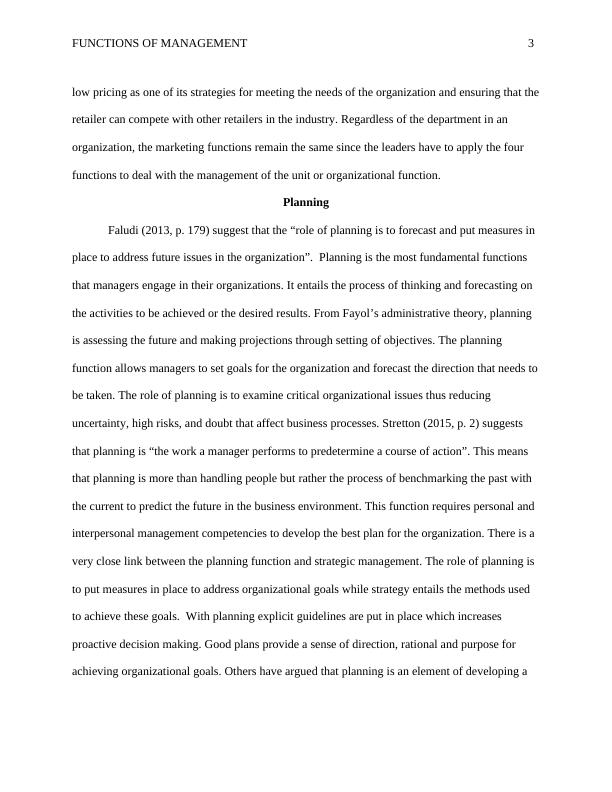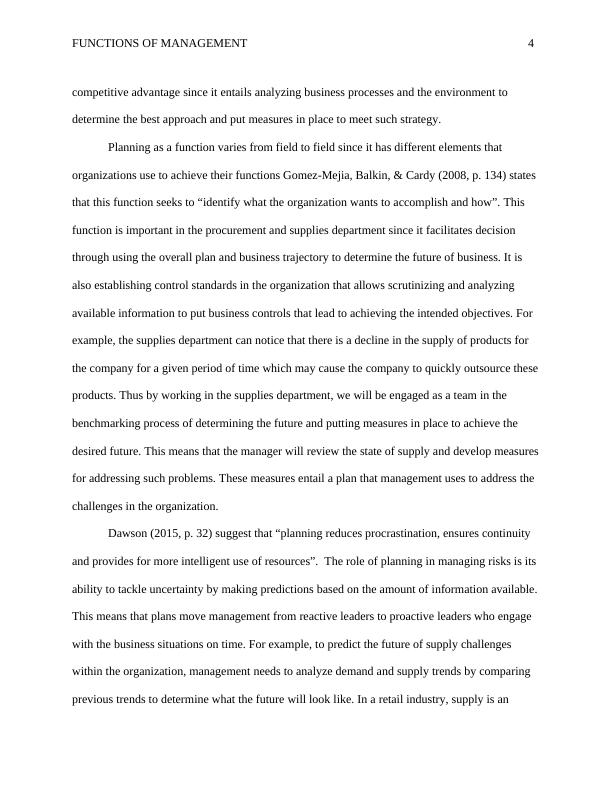Functions of Management .
This module examines the concept of management from the perspective of a team manager in the law enforcement context.
14 Pages3894 Words118 Views
Added on 2023-05-28
About This Document
This article discusses the four basic functions of management - planning, organizing, leading, and controlling - and how they are applied in the context of Woolworths' supply chain department. It explores how these functions help manage risks and achieve organizational goals. The article also touches on the role of leadership in motivating employees and communicating organizational strategies.
Functions of Management .
This module examines the concept of management from the perspective of a team manager in the law enforcement context.
Added on 2023-05-28
ShareRelated Documents
End of preview
Want to access all the pages? Upload your documents or become a member.
Comparison of Roles and Characteristics of a Manager and a Leader in Amazon
|12
|3417
|401
Performance Management System at Woolworths
|9
|3052
|97
Introduction to Management
|9
|2446
|162
Management & Organization In Global Environment
|16
|4017
|9
Management Theories and Their Applicability in Modern Business Operations
|10
|1879
|103
Leadership Theories at Woolworths
|11
|3138
|87




